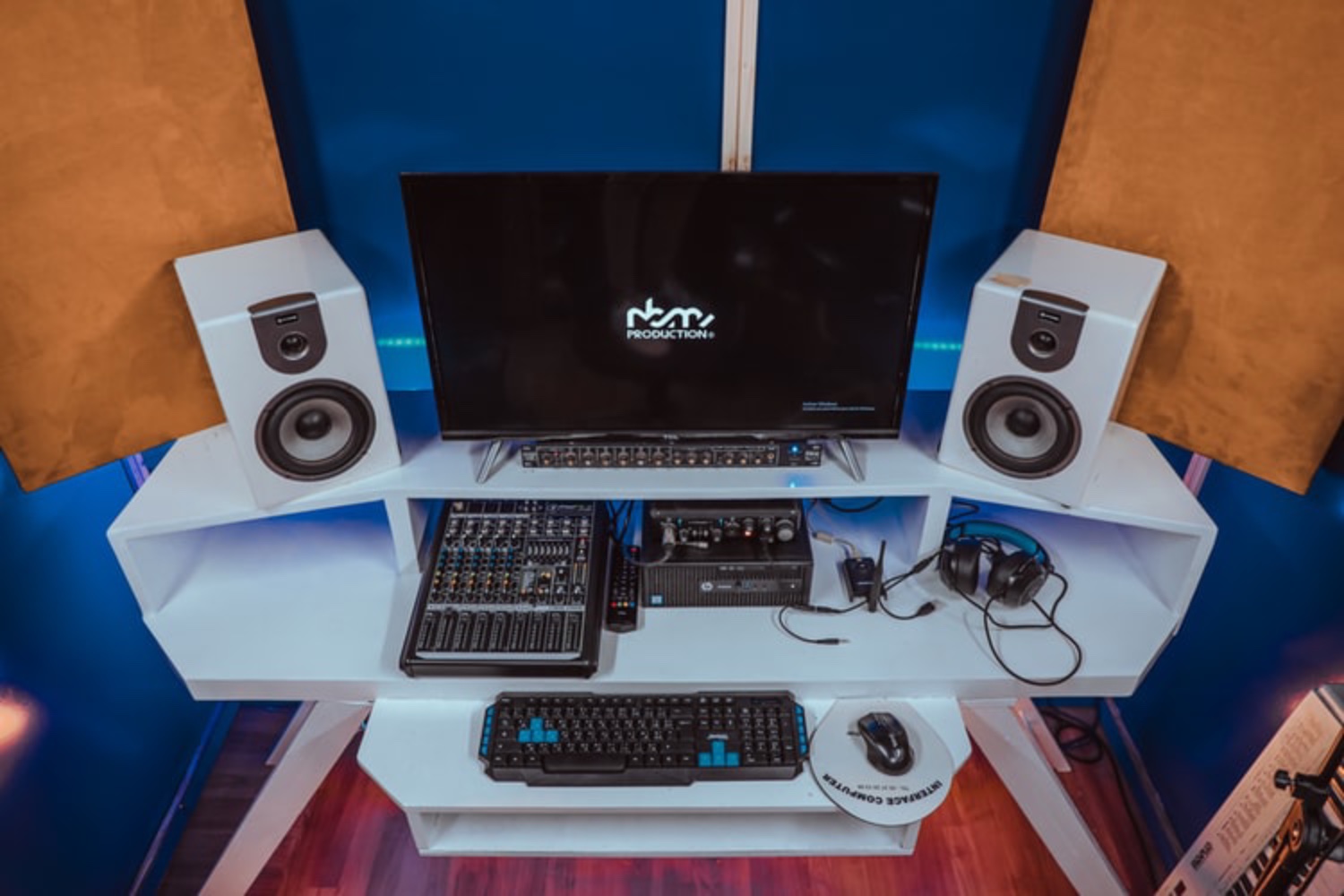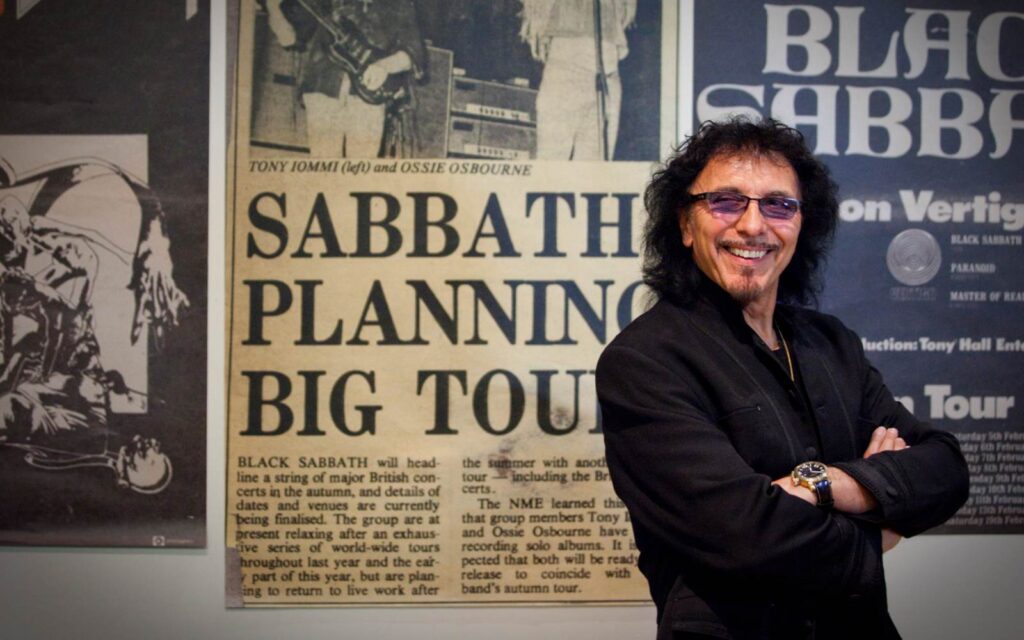Find out which option is right for you.
Something I see come up amongst beginners a lot is confusion over whether they need a mixer or audio interface.
It’s an understandable point of confusion, particularly with lots of modern mixers now featuring USB connectivity, in turn providing similar functionality to audio interfaces.
Summary
- Depending on what kind of music you’re making, purchasing a mixer might be a superior option to an audio interface.
- Typically, setups with copious amounts of hardware that require constant tweaking are better suited towards a mixer.
- Audio interfaces tend to suit the needs of producers working inside the box or dealing with MIDI instruments.
For more audio advice and gear rundowns, check out our Features page.
Unfortunately, the answer probably isn’t as clear cut as you might like as the ways in which people make music varies a hell-of-a-lot.
To make this article as succinct and clear as possible, I’m going to focus on musicians who don’t intend to make music with a live band or record via a complex acoustic instrument setup. Let’s talk strictly bedroom producers.
The biggest factor in the decision between the two is: do you want to make music – with electronic instruments – without involving your computer? Say you have a drum machine, a keyboard synth and a mic.
You’re intending to write the craziest post-future-dub-folk track the world’s ever heard. But rather than doing so in front of a computer screen, you’d rather work near a window and ponder the existential crisis your neighbour’s dog is having while you write.
To do this you’ll need to combine the outputs of the drum machine, synth and mic so you can listen back to it while you jam. This is an ideal scenario for a mixer.
At its core, a mixer is a device designed to combine and mix audio signals to and from various sources. Most will also provide at least a basic set of EQ parameters for each channel of incoming audio to help you polish your mix.
For the above example, we need a mixer with five channels or more (microphone output plus stereo outputs from the synth and drum machine).
As mixers grow in size (and price), their audio routing capability expands too, incorporating ‘inserts’ for effects boxes, input groups called ‘busses’ and tonnes more features.
Suppose our musician in the above example is totally fine with working in front of a computer. In fact, they’re hoping to record some vocals and combine them with parts they’ve written with music creation/arrangement software like Ableton Live or Logic. This is an ideal scenario for an audio interface.
On a fundamental level, an audio interface is a device for getting live audio from various sources into your computer via USB or Thunderbolt, and letting you listen to/record it.
Audio interfaces rarely have any EQ or extended mixing functionality – the idea is you use your software to modify and mix the audio.
It’s not uncommon for an audio interface to double as a MIDI interface, so you can send sync and control signals to or from your software to your compatible hardware instruments.
In the case of our example, they could sync the drum machine’s tempo to his software’s tempo via MIDI.
As I mentioned at the beginning, a lot of mixers now have USB outputs, meaning the mixer can double as an audio interface and send audio via USB into your computer.
For some people, having that flexibility to work at or away from the computer is ideal. For others, particularly people for whom music making revolves around using a computer, it’s likely overkill.
This is obviously simplifying things – there are tons of products out there that provide solutions to very specific situations. But for you people just starting: No computer = get mixer. Computer = get audio interface.
Hope that’s cleared things up for you!
Looking to get started with music production? Here’s ten great DAWs for you to try out.







